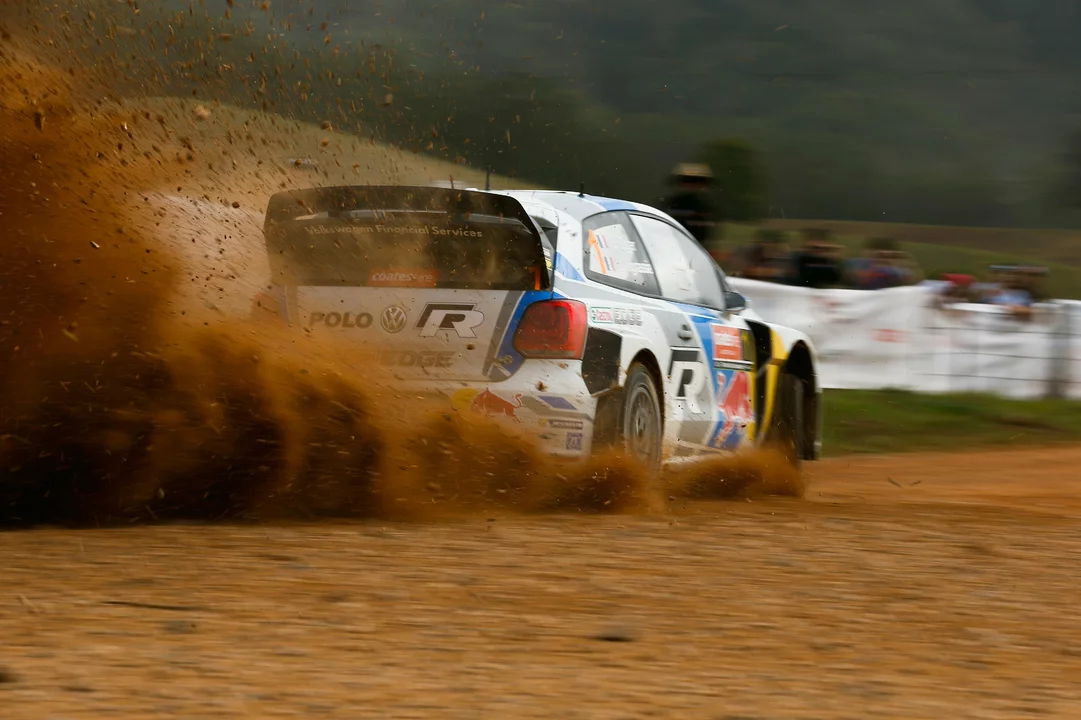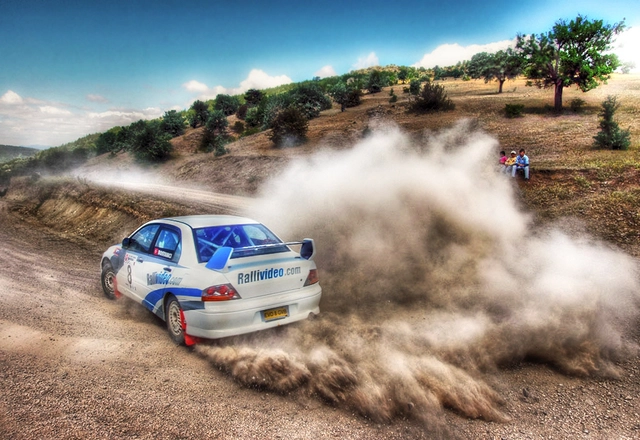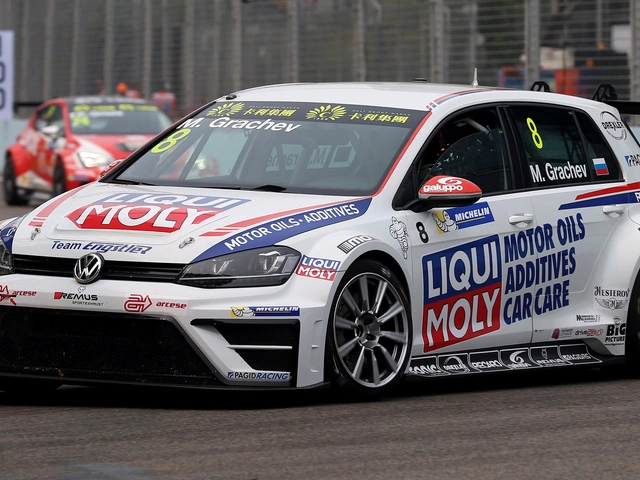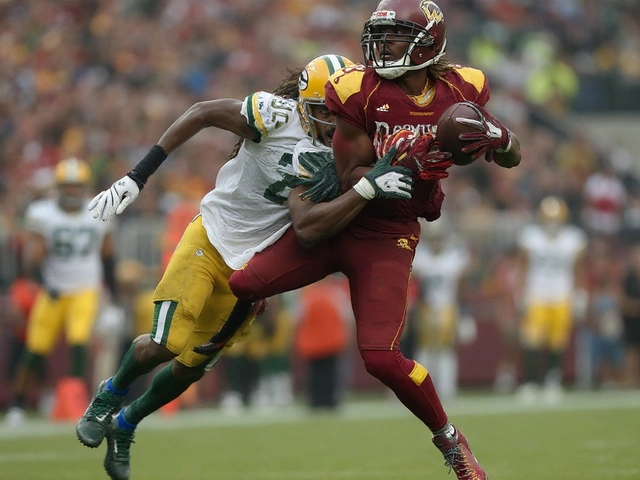Why does overtake seems rarely happen in rally racing?
An Introduction to Rally Racing
Rally racing is a thrilling and exciting motorsport that captivates audiences worldwide. Unlike other forms of racing, such as Formula 1 or NASCAR, rally racing takes place on a variety of surfaces like gravel, asphalt, and snow, making it a true test of a driver's skill and adaptability. However, one aspect of rallying that some fans may find peculiar is the seeming lack of overtaking opportunities. In this article, we'll explore the reasons behind this phenomenon and how it shapes the unique nature of rally racing.
The Time Trial Format of Rally Racing
One primary reason overtaking is a rare sight in rally racing is the format of the competition itself. Unlike circuit racing, where multiple cars race simultaneously on a closed track, rally events follow a time trial structure. Drivers start at intervals, usually a minute or two apart, and race against the clock to complete the course as quickly as possible. This format significantly reduces the number of cars on the track at any given time, making overtaking far less likely than in other forms of motorsport.
Challenging Rally Stages and Limited Visibility
Rally stages are often conducted on narrow, winding roads with various surface types, making it difficult for drivers to navigate at high speeds. Limited visibility due to dust, snow, or rain further compounds this challenge. These factors make overtaking incredibly risky, as drivers may not be able to see oncoming traffic or accurately judge the width of the road. As a result, drivers must focus on driving as fast as possible within their limits and rely on their co-driver's guidance to avoid costly mistakes.
The Importance of the Co-Driver
The role of the co-driver in rally racing cannot be overstated. They act as a second pair of eyes, providing the driver with crucial information about upcoming turns, road conditions, and potential hazards. This information allows the driver to push the limits of their car while minimizing the risks associated with overtaking. Thus, the success of a rally team is heavily reliant on the effective communication and trust between the driver and co-driver.
Strategic Approaches to Overtaking
While overtaking in rally racing is rare, it's not impossible. Experienced drivers may choose to overtake slower competitors during certain sections of the course, such as long straights or particularly wide turns. However, this strategy comes with inherent risks, as the overtaking driver must rely on the slower car to yield and give them enough space to pass safely. Additionally, a failed overtaking attempt can result in lost time, which is critical in a sport where mere seconds separate the winners from the rest of the pack.
Penalties and Time Gains
In rally racing, overtaking is not the only way to gain an advantage over your competitors. Time penalties can significantly impact a driver's overall standing, making it crucial to avoid mistakes that can lead to such penalties. Examples include jumping the start, speeding in controlled zones, or receiving assistance from outside the team. By driving consistently and avoiding penalties, rally drivers can gain an edge over their rivals without the need to overtake on the course.
Conclusion: The Unique Appeal of Rally Racing
While overtaking may seem like a rare occurrence in rally racing, it's essential to understand that the sport's unique format and challenges contribute to this phenomenon. The time trial structure, challenging courses, and limited visibility require drivers to focus on their own performance rather than constantly battling for position with other competitors. This focus on individual excellence and the crucial relationship between driver and co-driver sets rally racing apart from other motorsports, and it's this unique appeal that keeps fans coming back for more.





